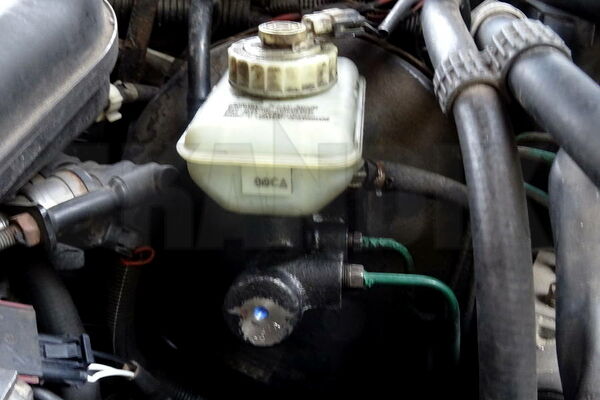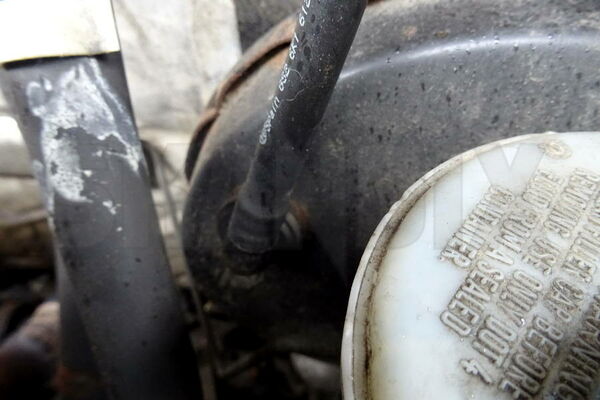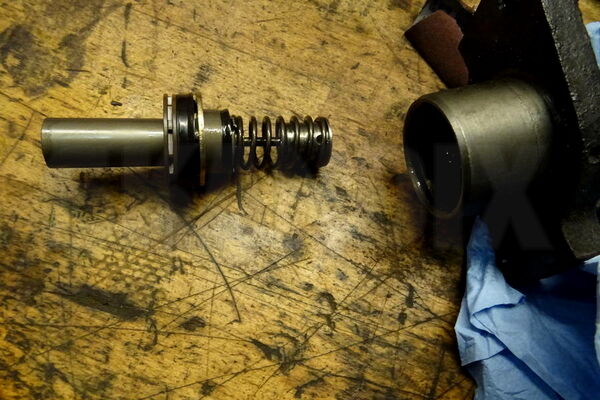Master brake cylinder defects Diagnosis
Universal
27.11.2019This document is intended to provide you with basic information for a rough assessment of the causes of defects in the master brake cylinder. However, repairs or exact damage diagnoses on the brake system must always be carried out by qualified specialist.

A master brake cylinder often breaks down creepingly. This is facilitated by careless maintenance. The hygroscopic brake fluid draws water and collects dirt particles over time. Careless replacement can therefore cause damage due to corrosion or friction. Some damage is also caused simply by ageing of the sleeves and the sealing rings inside the cylinder.
In the case of old age, uncertain history or very high mileages, you should also consider a preventive replacement of the master brake cylinder as part of a brake system overhaul.

Frequent damage patterns in case of defects are:
1) Brake pedal sporadically drops when pressed. No brake pressure is built up although the brake system seems to be completely free from leaks. This usually occurs more and more frequently over time. The sealing rings inside the cylinder are defective. This defect can also occur suddenly with old cylinders after a bleeding process, if the system was bleed with the brake pedal. In this case, the piston was pushed beyond its normal travel and the sealing rings were damaged by deposits on the cylinder wall.
2) Brake fluid in the brake servo because the master brake cylinder leaks into the brake servo. This can also cause damage at other points because the brake fluid is quite aggressive. This can be seen when the vacuum line is disconnected from the brake servo (Fig.) and there is moisture in it.
3) Moisture and rust forming on the outside of the brake booster behind the main cylinder underneath: Then it is more than high time to react, here actually already large quantities of brake fluid must have been refilled.
4) In classic cars without a brake booster, brake fluid can enter the footwell of the car under the brake pedal. The alarm bells should always ring if there is moisture in this area! Corrosion damage is also a consequence at this point, a thorough cleaning of the floor covering and the metal sheet must be carried out immediately.

It should be noted that in most cases the old expansion tank must be reused. It should of course be thoroughly cleaned at the same time. If this is not possible, also replace the tank. No foreign residues must get into the hydraulic circuit! Also residues of cleaners or oils have no place here.
- All notes serve only as an example and do not replace the workshop instructions of the automobile manufacturers! All information is supplied without guarantee!